Kraków 2023-07-15
RWD-DWL RWD-8 training and training aircraft.
In March 1933, Jerzy Wędrychowski, Stanisław Rogalski and Jerzy Drzewiecki founded the Experimental Aviation Workshops. In 1933, a team of engineers developed the RWD-8 trainer aircraft. The aircraft was selected as a standard training aircraft for the Polish Military Aviation. 100 RWD-8 aircraft were built in the Experimental Aviation Workshops, and another 500 aircraft in Podlaska Wytwórnia Aircraft, including modified ones, under the designation RWD-8 pws. It was the most numerous Polish aircraft built, which record was broken in the 70s of the 20th century by the construction of the PZL An-2.
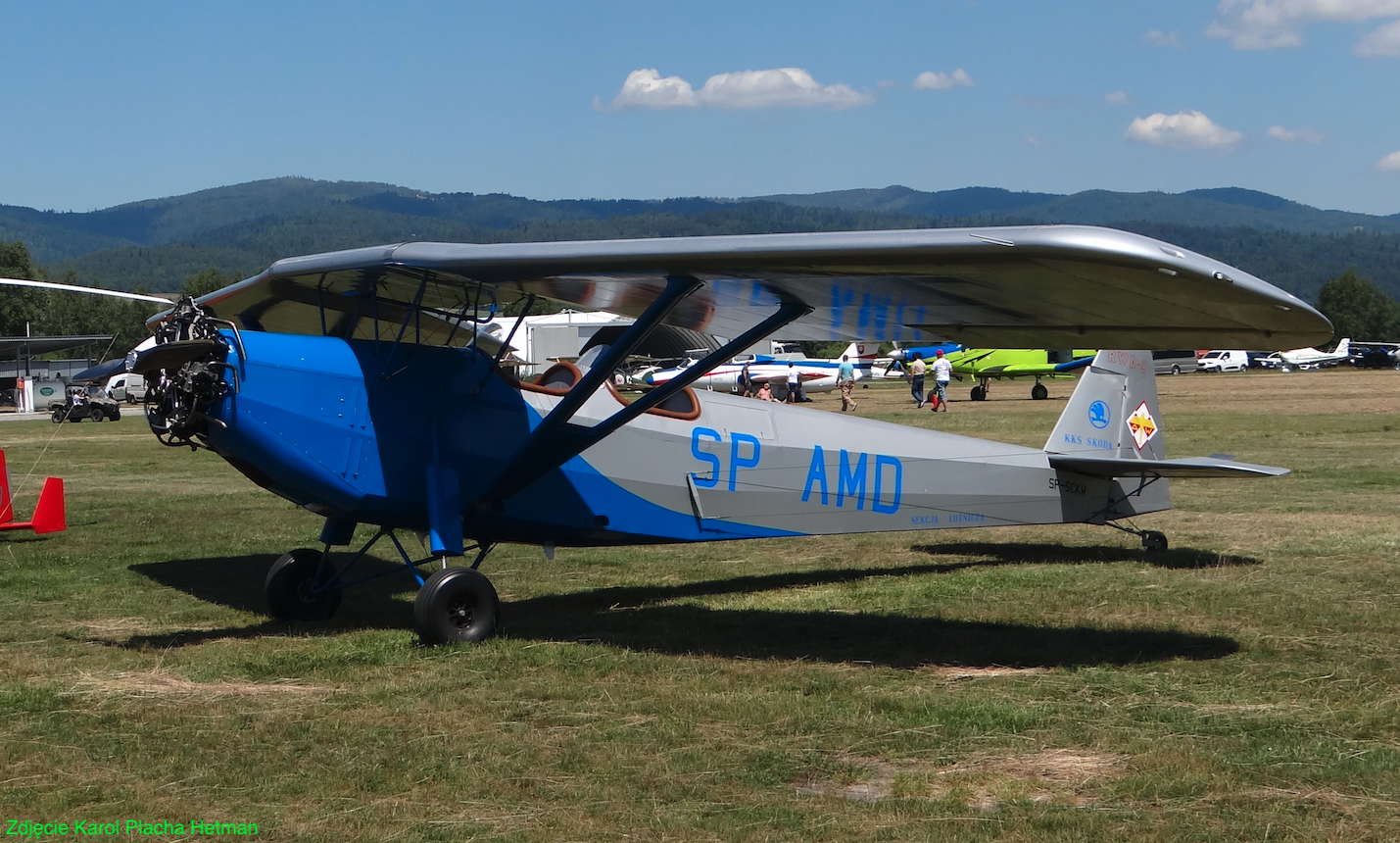
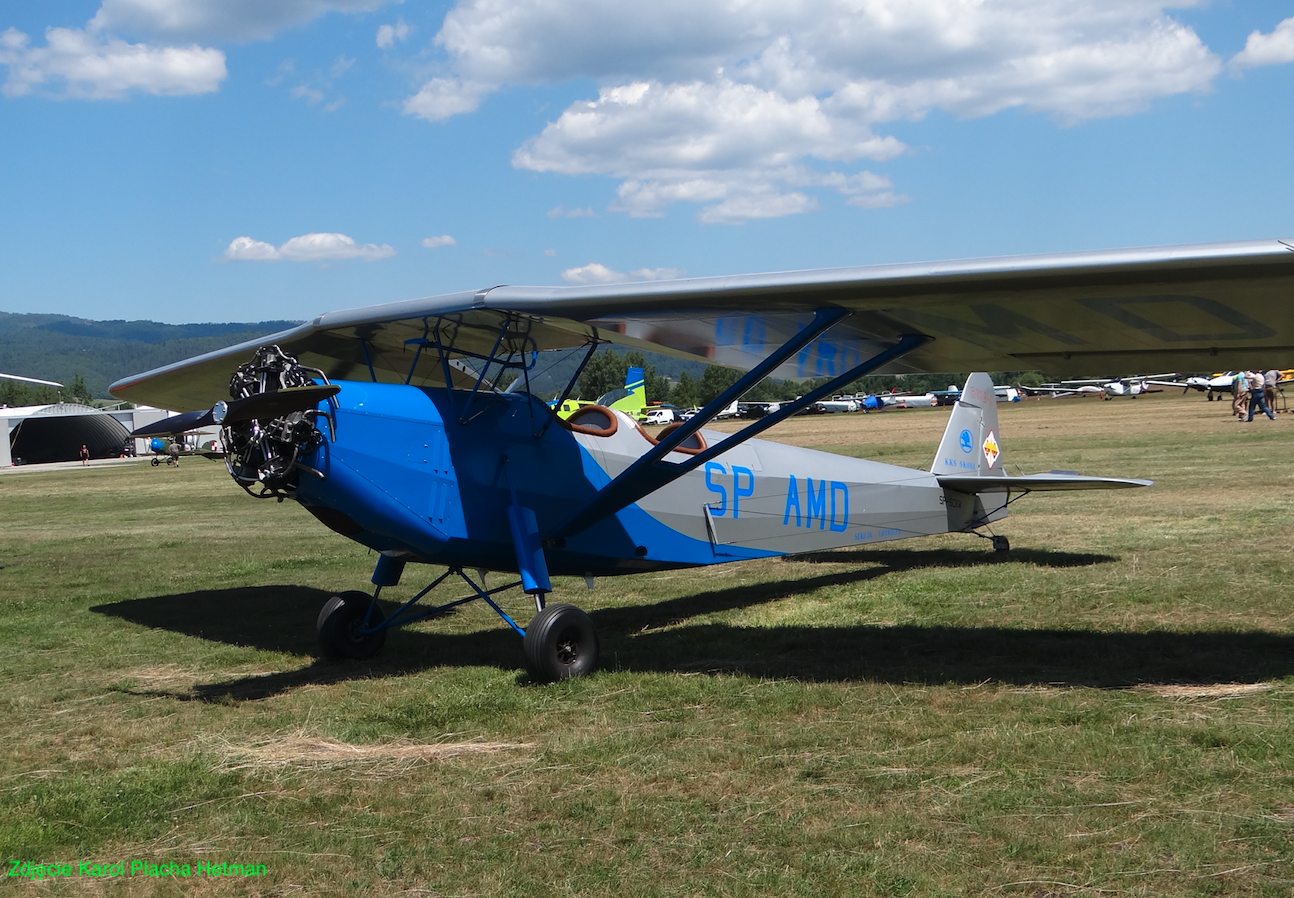
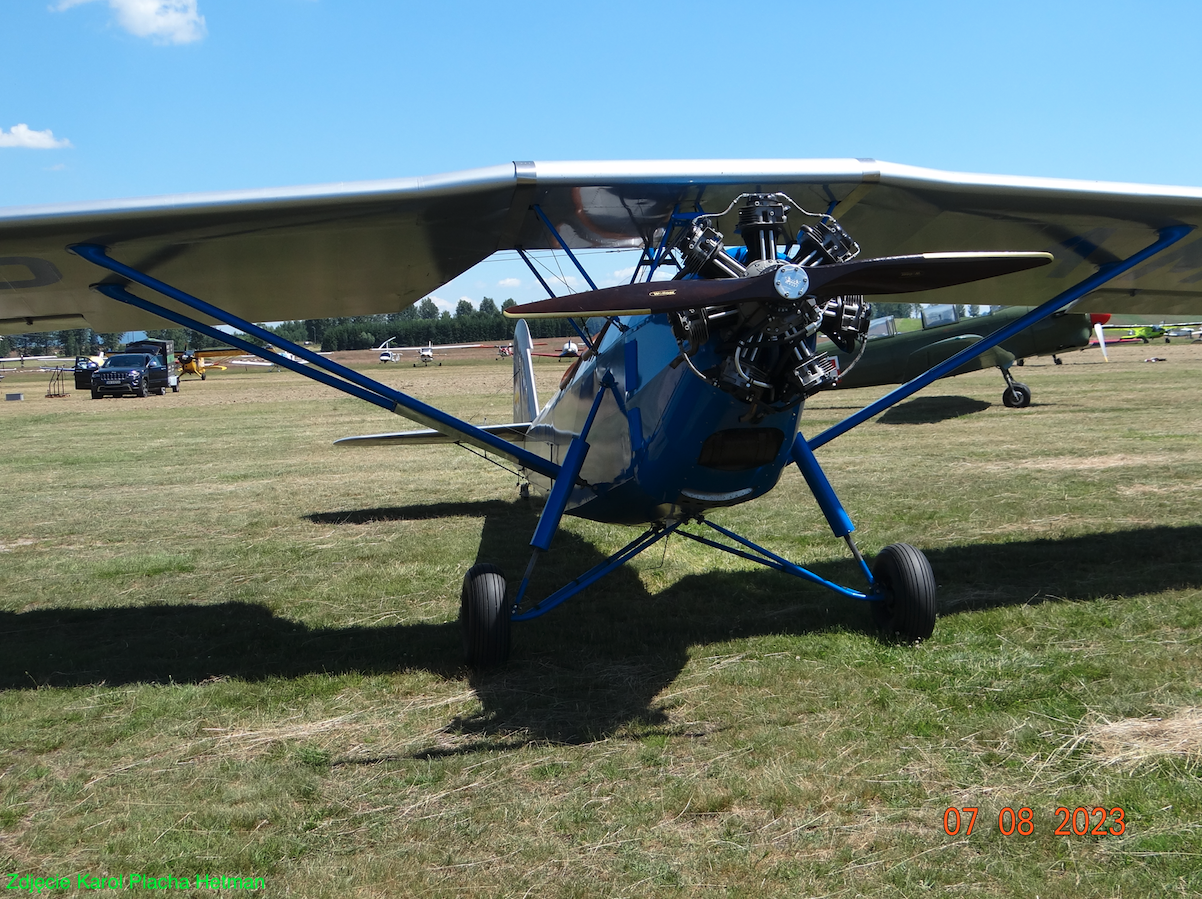
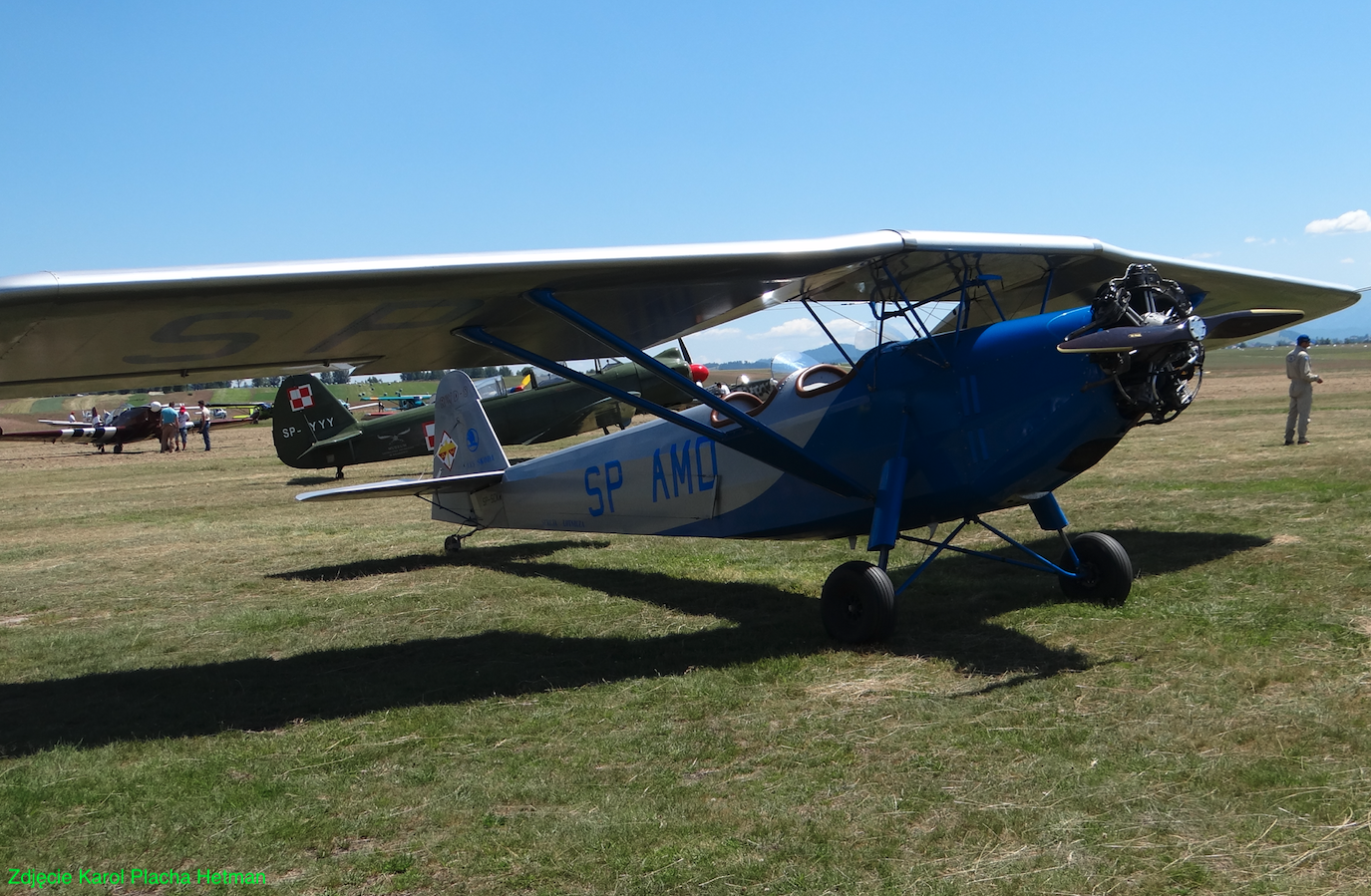
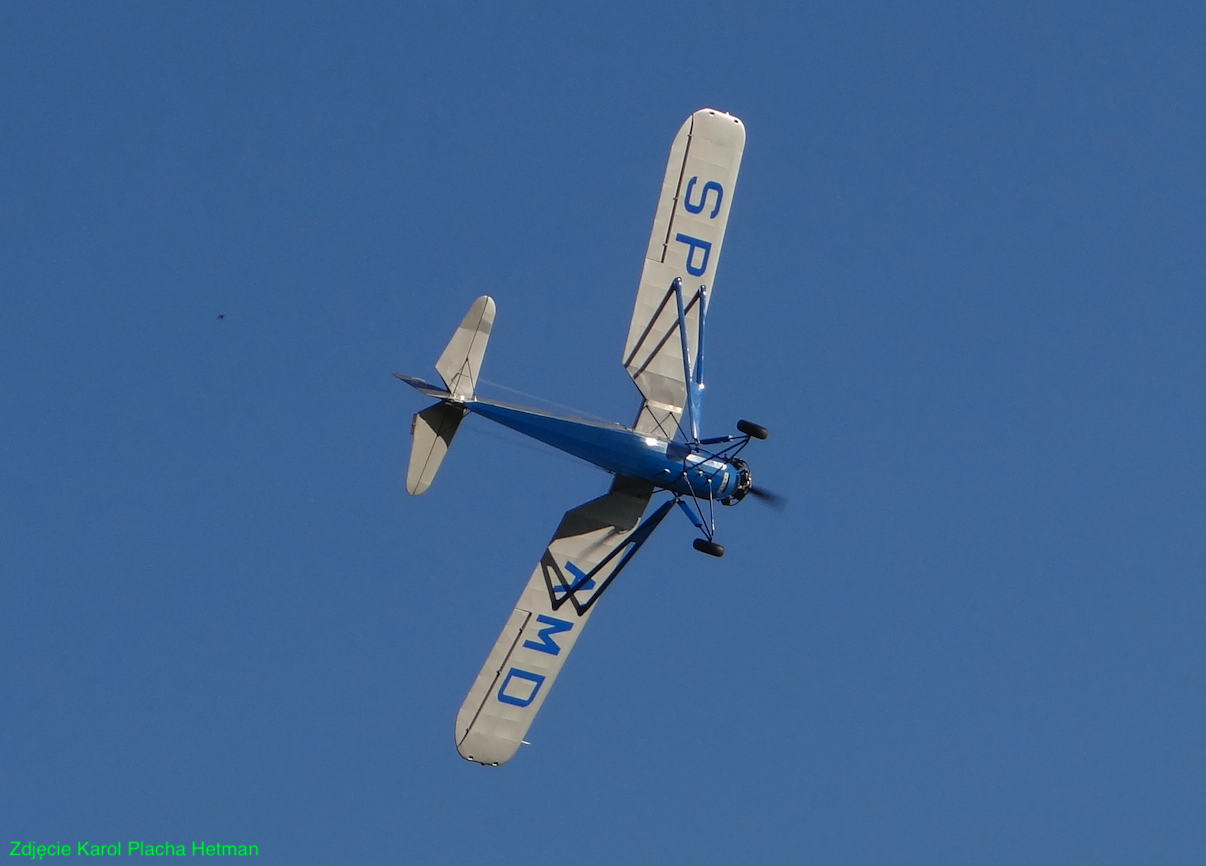
History of RWD-8.
The design of the RWD-8 was created as a result of a competition announced by the Air and Anti-Gas Defense League in 1931. In 1931, the preliminary design was developed by engineer Stanisław Wigura. The first RWD-8 prototype was built in March 1933 and received the number 63 and registration marks SP-AKN. The test pilot was Mr. Kazimierz Chorzewski.
RWD-8 is a two-seater, umbrella-type monoplane aircraft, powered by one piston engine. The design of the aircraft is mixed. The fuselage of the aircraft was made as a truss of steel pipes covered with plywood and canvas. The main task of the structure was to train new pilots.
Initially, the prototypes were powered by various in-line engines, 4-cylinder with upright pistons. In 1934, the RWD-8 aircraft was equipped with a Walter Junior in-line engine with hanging cylinders. Before World War II, all RWD-8 series aircraft were powered by Polish PZInż Junior engines. It was an in-line, 6-cylinder engine with 120 hp (81 kW). In comparative tests, the RWD-8 aircraft definitely beat the PZL-5 bis and Bartel BM-4h aircraft. Already in 1933, 5 serial aircraft were produced.
RWD-8 aircraft were operated in such countries as: Poland, Spain, Romania, Estonia, Yugoslavia, Morocco, Brazil, Hungary. In 1937, the Polish nation donated 126 aircraft to the Polish Army and Aeroclubs for training young pilots, as a result of the aggravation of the international situation. In the Polish Army, RWD-8 aircraft were used until the end of the defensive war in 1939 against the German army.
T-T RWD-8 data:
Span 11.00 m. Length 8.00 m. Height 2.30 m. Bearing area 19.50 square meters. Curb weight 480 - 500 kg depending on the production series. Usable weight 250 kg. Take-off weight 730 - 750 kg depending on the production series. Top speed 175 km/h. Cruising speed 140 km/h. Ceiling 5,000 m. Range 440 - 500 km.
RWD-5 replica.
In the period 2020-2021, aviation enthusiasts built and flew two flying replicas of RWD-8 aircraft, registration SP-AMD and registration SP-SCKW. Replicas are made mainly of metal (duralumin). The Czech VERNER engine, radial, 7-cylinder, 125 hp (91.94 kW) was used. The aircraft is equipped with modern clocks and a radio station. There is a luggage compartment in the fuselage. A steerable tail wheel was used instead of skids. An elevator trim was used, which the original aircraft did not have. The dimensions and performance of the replica are very similar to the original RWD-8 aircraft.
Written by Karol Placha Hetman
